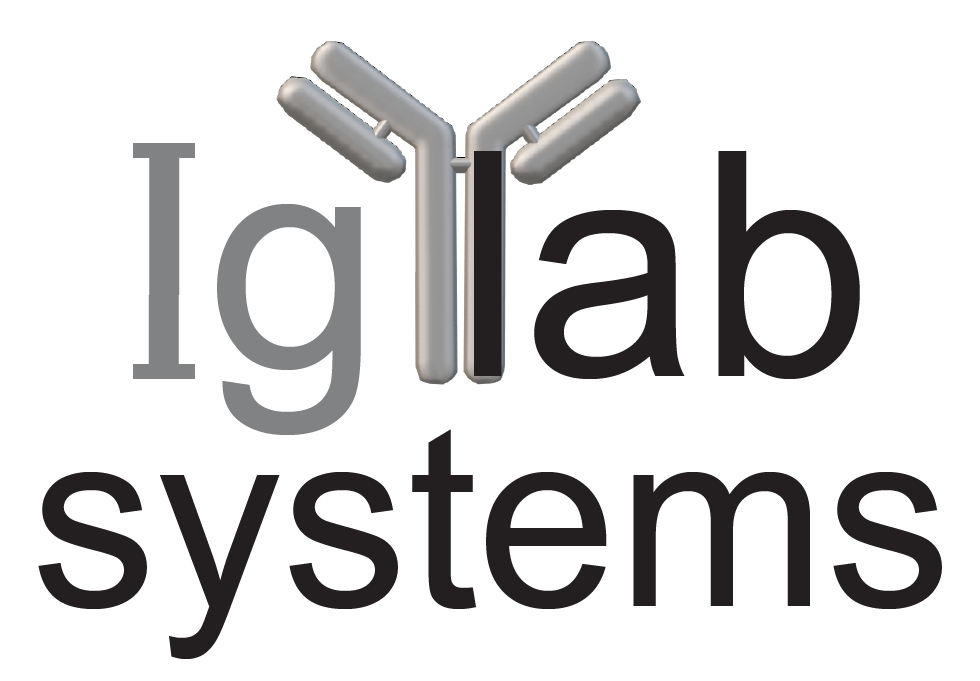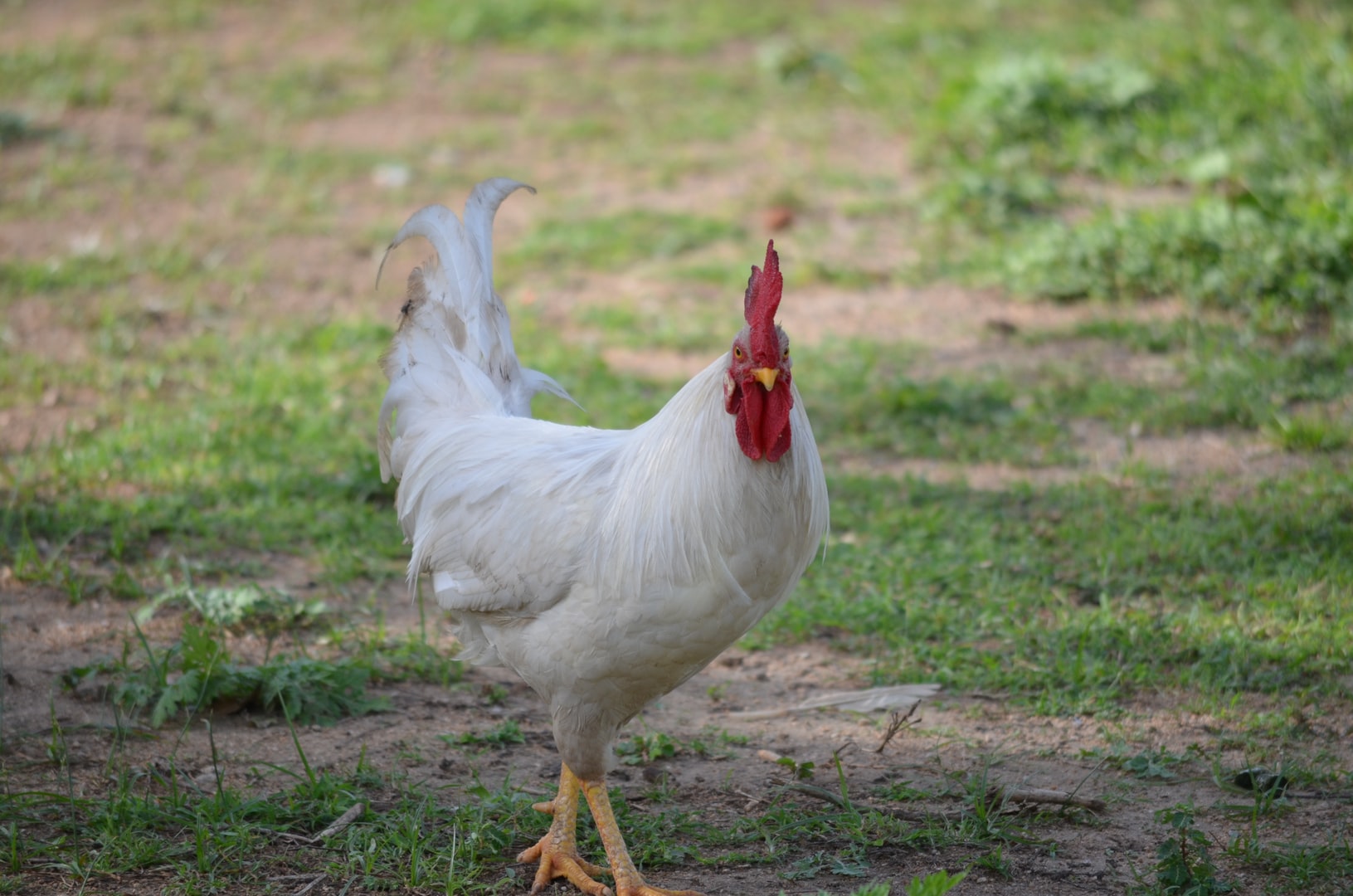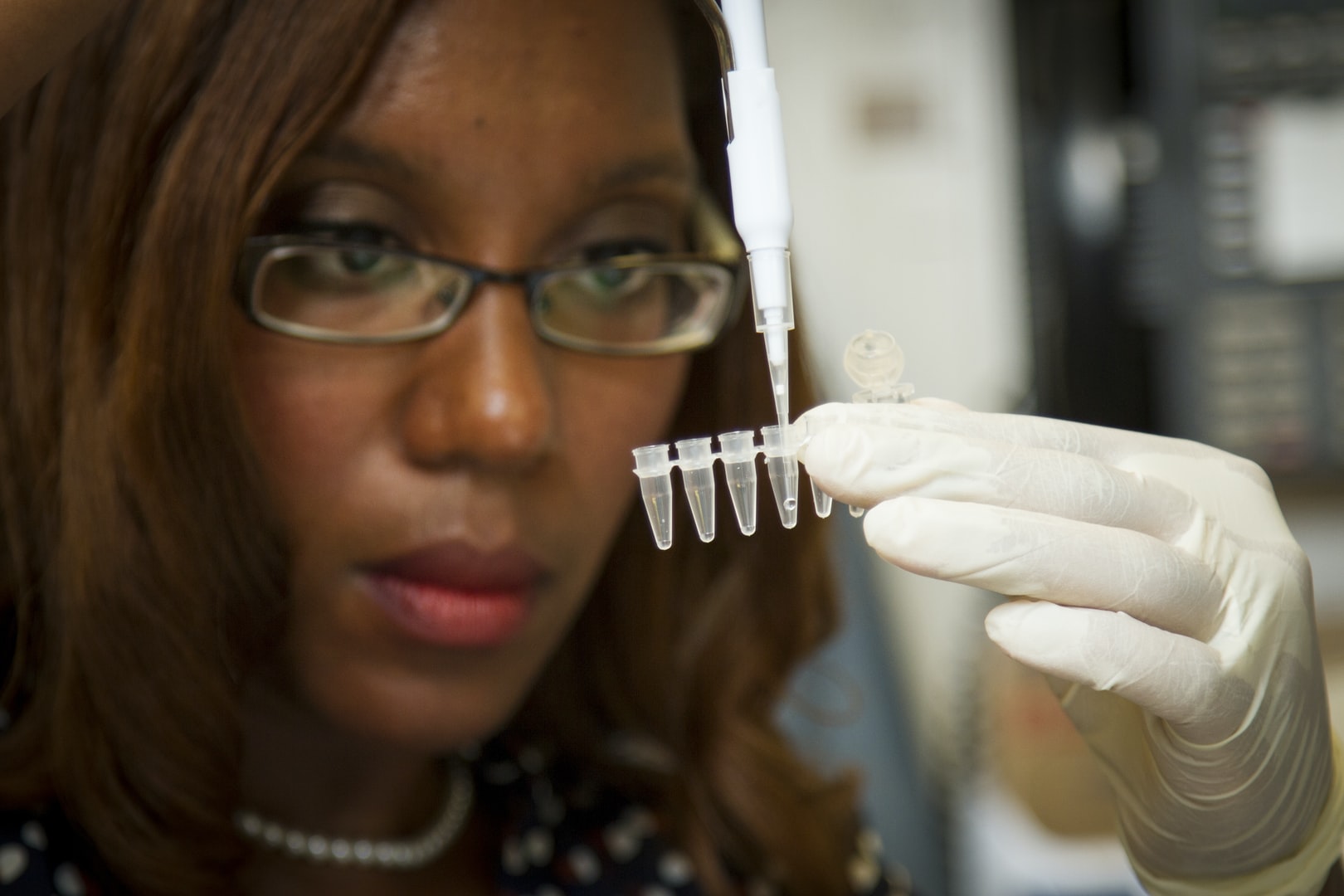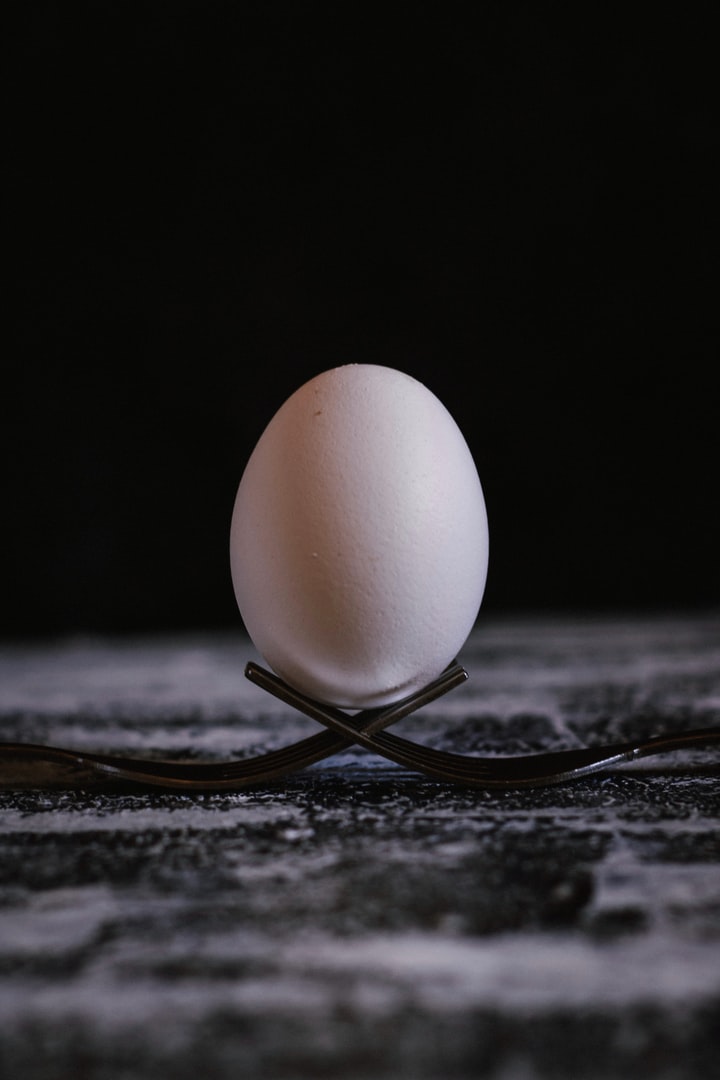

Frequently asked questions
FAQ
Custom IgY, product-specific questions, and more
Browse frequently asked questions (FAQ) regarding:
For the list of distributors, go to Contact us.
IgY in general

Can the names "chicken IgY "and "chicken IgG" be used interchangeably?
Chicken IgG and chicken IgY are two different names for the same antibody, where the name IgY comes from the fact that the antibody is found in egg yolk (y is from yolk). Human IgG got its name in the 1950's when it was possible to divide human plasma in three fractions: alpha, beta and gamma. Later other classes of antibodies were discovered in mammals (IgM, IgD and IgA). Chicken IgY has a different isoelectric point than human IgG and will not migrate in exactly the same fraction as human IgG. It has no DNA similarity with human IgG. If there are any similarities, chicken IgY is more closely related to IgA or IgE. It was suggested by several research groups that chicken IgG was not the correct term. They wanted a name that showed that the antibody was different from human IgG and thus called it IgY. The problem with the name IgY is that most users are working with mammalian antibodies due to tradition and often refer to avian antibodies as chicken IgG.
What is the difference between IgY and IgG?
The low molecular weight serum antibody found in birds is IgY, whereas mammals have IgG. IgY is the main serum immunoglobulin in chicken. Chicken IgY is the functional equivalent of mammalian IgG in birds but it differs in many functional aspects to mammalian IgG. Like IgG, chicken IgY consists of two light chains and two heavy chains where the IgY heavy chain has a weight of 66,000 Da and the IgY light chain is 22,000 Da. The molecular weight of IgY is approximately 180,000 Da compared to 160,000 Da for IgG . IgY is transported from the mother to the embryo via the egg yolk. Thus, the egg yolk contains high concentrations of chicken IgY. Other immunoglobulin classes are present only in negligible amounts in the egg yolk.
Protein A ELISA

What Staph aureus strain is the Protein A reference standard from?
We originally used Protein A purified from strain A676. Since it is beneficial for customers to be able to obtain the reference material independently of IgY Lab Systems, we use recombinant Protein A from Cytiva (Uppsala, Sweden) as a reference in the kit. Originally, we chose Cytiva (formerly GE Healthcare) as they were the first company (known as Pharmacia at that time) to market Protein A and they had the patent for purifying Protein A on Human IgG Sepharose. The patent has now expired. They are also one of the largest producers of recombinant Protein A.
What is the sensitivity of the assay?
The sensitivity in a sample without IgG is typically 0.1 ng Protein A/ml. For an IgG-containing sample, the sensitivity is typically 1 ppm. For example, if you have a sample containing 0.2 mg IgG/ml, the detection limit is 0.2 ng Protein A/ml.
Can the kit be used to detect native Protein A?
Yes.
What do you consider to be high concentrations of human IgG?
The kit has been developed to work accurately with human IgG concentrations up to 5 mg/ml. We have not tested samples with higher concentrations, and therefore, cannot guarantee the accuracy of the assay at those levels.
How should the standard curve be prepared?
Despite boiling of the samples, there is some interference by IgG in the samples. That is why we recommend that the user adds antibodies to the standard curve in a similar concentration to that in the samples. The interaction between Protein A and monoclonal antibodies varies depending on the class and subclass of the antibody. For many researchers it is probably sufficient to add any kind of monoclonal antibody to the samples, and we recommend that the customer use the same antibody in the standard as in the samples. If the antibody used for the standard curve is purified on a Protein A column, it may contain some protein A, thus adding Protein A to the standard. It is therefore better to use an antibody in the standard curve that has been purified with another method other than Protein A. The antibody in the standard curve does not have to be purified, but the antibody concentration should be similar to the concentration in the samples.
We use a cell line that produces Human IgG1. Which Protein A ELISA kit do I need?
There is only one Protein ELISA kit, but it can be used with two different protocols. For your specific application, you should run the kit according to the protocol for samples containing IgG.
What is the storage stability of the coated and blocked plates?
The kit is stable until the expiration date, which is 18 months from the date of manufacture, when stored at +4°C.
Can the Protein A reference standard be prepared early and stored at cold conditions in plastic tubes?
No, the Protein A standards should be freshly prepared. We do not have any stability studies on Protein A standards prepared early, and therefore cannot guarantee their stability.
Does the salt concentration in samples affect the result?
Probably not, the typical working solution for the assay contains 0.15 M NaCl (in PBS-Tween).
Does the detergent have to be added to the samples?
Yes, it is very important to add detergent (0.05% Tween 20) to both the samples and Protein A standards to recover the accurate amount of Protein A. The Protein A range between 0.1 to 100 ng/ml has been tested for recovery with and without detergent. When detergent was not added, more than 90% of the Protein A was coated onto the walls of the sample tubes. You will still detect Protein A in samples with large amounts (>0.1 µg/ml) because the samples will have an excess of Protein A. If the samples are not "treated" with e.g. Tween 20, you will measure the residual Protein A level after an unknown amount has been coated onto the tubes walls.
How many samples can you analyze with one kit?
The kit contains 12 strips that combine to a total of 96 wells. The strips can be used as needed depending on the application.
Chicken antibody products

What are some application areas of your affinity purified IgY?
Affinity purified IgY antibodies have been used in ELISA, Histochemistry, Latex agglutination, Western Blotting and Flow cytometry. See Reference List.
Is it possible to store the IgY antibodies at -70°C?
There should be no problem to aliquot the antibody and store it at -70°C. If you do not have any azide in the antibody preparation, or other agent to inhibit bacterial growth, we would recommend freezing at -70°C. The antibodies are very stable so it is often not necessary to freeze it, if it contains something that inhibits bacterial growth. We have stored chicken antibody solutions with azide in the refrigerator, and we have not seen any significant loss of titer after 10 years. We still use chicken antibodies that we made back in 1984 and have stored in a refrigerator. Repeated freezing and thawing cycles may however cause aggregation and loss of antibody titer. Such denaturation is difficult to predict as it depends on the freezing and thawing process. To be on the safe side, we usually recommend to avoid more than 5 freezing and thawing cycles, although we have not done studies to back up this recommendation.
What is the difference between the IgY fraction products (Cat No. 01-###) and the Affinity purified products (02-###)?
01-### products are IgY fractions that are purified from chicken egg yolk in a series a precipitation steps. The specific antibody concentration varies between products mainly due to differences in the immunogenity of the antigen. The total concentration of the specific and unspecific antibodies will generally be 20 mg/mL for the 01-### products.
02-### products are from the same hens as for the corresponding 01-### product, but they are further purified. We have started out with an IgY fraction that is further purified on a column coupled with the antigen of interest. The 01-### antibodies are applied to the column and unbound antibodies are washed away, before the specific antibodies are eluted at low pH. The 02-### products are generally at a concentration of 1 mg/ml. These products are sometimes referred to as monospecific polyclonal antibodies. Thus the specific antibody concentration can be the same for both products, but the affinity-purified product has a higher purity since the unspecific antibodies have been removed. This will reduce background problems in many assays. The disadvantage with affinity-purified antibodies is that the antibodies with the highest affinities are lost since they will often remain bound to the column. The denaturation during the elution step may also reduce the affinity constant of the antibodies therefore affinity-purified antibodies may have a slightly lower affinity for the antigen. In most systems, affinity-purified antibodies give a better signal to background ratio, but not always. This is believed to be due to the removal of the antibodies with the highest affinities by the affinity-purification. This is a general phenomenon, which is not limited to IgY but is true for all antibodies.
What is the concentration of your products?
Affinity purified and biotinylated antibodies generally have a concentration of 1 mg/mL. We use a factor of 1.36 at 280 nm for determination of antibody content in our preparations. The absorbance is measured at 280 nm and an antibody concentration of 1 mg/mL will give an absorbance of 1.36. IgY fractions have a higher antibody content while enzyme labelled antibodies are titrated to give a reproducible activity in ELISA and have an antibody concentration that is lower than 1 mg/mL.
Custom IgY antibody services

How many hens should be immunized?
We suggest a minimum of 3 hens. It has been seen that some individual hens have a lower response and by using a minimum of 3 hens, the risk of getting a low amount of antibodies is reduced.
How much antigen is required and how should it be prepared?
We recommend three immunizations with four weeks in between each immunization. This is in accordance with what is stipulated under Swedish law. The amount depends on the availability of the antigen. We prefer to use 100 µg/animal/immunization if there is enough antigen. If we have a limited amount of antigen, we would first reduce the number of animals to two, and if this is not enough we would reduce the amount of antigen to 50 or 25 µg/animal/immunization. We have used 10 µg successfully, but the chances of failure increase when the amount of antigen is reduced. This is especially true if the antigen is a poor immunogen. If the molecular weight of the antigen is below 10 kD, it should be coupled to a carrier protein, e.g. KLH. This increases the immunogenity to give a better response to the peptide. The preparation will depend on what you have available. The preparation should have a fairly neutral pH and should not be toxic. For shipment of the material, it is often easier if it is freeze dried.
How long would it take?
The standard protocol takes 12 weeks. This includes collection of eggs and preparation of an IgY fraction. It is of course possible to extend the standard protocol if necessary.
How much would it cost?
The cost according to the standard protocol will vary depending on the antigen and set-up of the protocol, please enquire about your specific price. A normal protocol includes immunization of 3 animals, egg collection, and preparation of an IgY fraction.
Product-specific questions

Regarding Chicken anti-human IgG Fc (Cat No. 02-002), has it been tested for cross-reactivity to other species IgG? Has it been tested for cross-reactivity to other human Ig classes?
The antibody will cross-react with IgG from other mammalian species due to the immunological similarities between mammalian IgG (e.g. mouse, rat, and rabbit). The antibody shows no cross-reactivity with mammalian IgA or IgM in immunodiffusion and immunoelectrophoresis. Prior to affinity purification, the antibodies have been tested in Western blotting against human serum. The antibodies showed no reactivity with human IgA or IgM.
Do the complement component products (C1q, C4, C5, factor D) cross-react with rat?
The anti-C3, anti-C4, and anti-C5 antibodies cross-react with mouse and rat complement components. You should be able to use them in ELISA, histochemistry, Western blotting and immunodiffusion. The complexes formed are smaller than for human so they are less well-suited for nephelometric analysis. Unfortunately, we do not have any data on cross-reactivity with factor D.